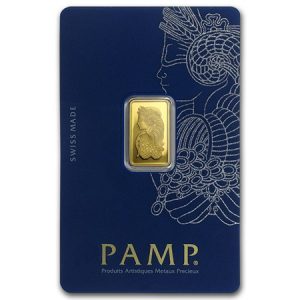History of Palladium Prices
Pricing is one of the most used concepts of economics dealt with attention in the consumer market. The changing price of goods in the consumer market is due to factors like supply and demand, socio-economic change, and the extent of competition and marketing strategies. Palladium is one of the most precious metals in the world and enjoys a shorter life history compared to silver and gold. Metal was discovered in 1803 by an English Chemist, William H. Wollaston in laboratory testing of the impact of HCL (hydrochloric acid0 and HNO3 (nitric acid) on platinum. Initially, the product was introduced in the market as “new silver” after that, it was claimed as the platinum-mercury alloy and presented in the Royal Society of London in 1805 as proof that palladium could distinguish from the platinum. From 2016-to 2021, fluctuation in the price of palladium was observed. The price increased from $500 per ounce in 2016 to higher than $2,200 per ounce in 2021. Despite long-term consistent historical price trends, the metal or commodity is now one of the most expensive metals than metals like platinum and gold. The three most important factors are the main contributors:
- Introduction of stringent automobile emissions control laws in China and Europe,
- The shift from diesel to gasoline-powered vehicles in Europe
- Shortage of palladium due to limited investment in new mining projects in Russia and South Africa
A large proportion of the palladium production is coming from Russia and South Africa. According to U.S. Geological Survey, the production of palladium from South Africa exceeds 80,000 kg while accounting for an output of more than 80% of the total production in the world. The third-largest producer is Canada which produces 20,000 kg. The United States is producing 12,000 kg, and Zimbabwe is producing 3000 kg. Besides this production, it appears that supply gaps are present. According to reports from SFA (Oxford) and Heraeus Precious Metals, 2020 was the first year in a decade when the market deficit of palladium was short and declined from 670 Koz to 145 Koz (2019-2020). This is due to the COVID-19 economic slow–down, and palladium prices stand at their highest level throughout the decade. The price hike during the period of COVID-19 remains at $2750. This downturn extension in demand is reduced through the limited production and closer of mines in South Africa during the COVID-19 pandemic.
The increasing demand for palladium is because of its different uses since its discovery. It is effective in the treatment of TB (tuberculosis). Metal is less resistant to common temperatures and, therefore, widely used with gold-created alloy. Jewelers prefer to use palladium-gold alloy since the 1930s over white gold. In 2009, 17,400 kg of palladium was used in China, in the preparation of jewelry. The effective use of palladium in metallic converters is evidence of a cheaper alternative to platinum. The same effect of palladium on engine exhausts the platinum. Pollutants like hydrocarbons, nitrogen, and carbon monoxide are transformed into water, carbon dioxide, and nitrogen through the palladium and rhodium. Besides this, palladium use in dentistry, preparation of surgical instruments, watch industry, computers, petroleum cracking, and hydrogen purification shows its high demand. High usage places the metal high in demand in the market.
 Hi,
Hi,











